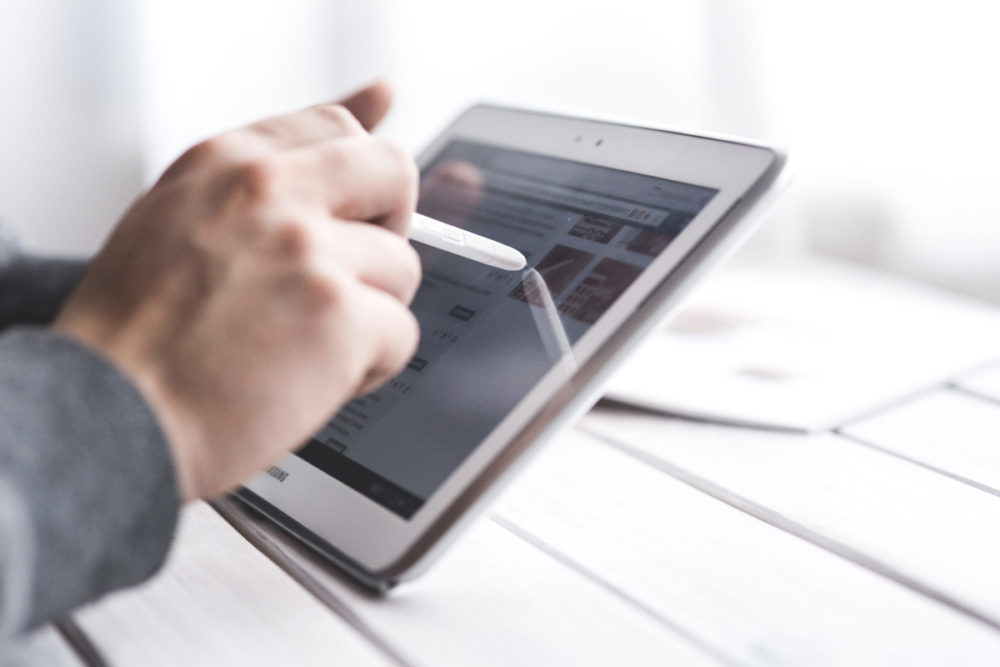These days, even a full-on conversion to digital signage doesn’t have to be very complicated. In fact, a small business may only need two pieces of digital signage hardware: a display screen and a media player
A display screen is a screen that’s going to display things onscreen. (See? Simple.) Naturally, those things are your vivid, beautiful, maybe even interactive marketing materials which constitute the bulk of your reasons for converting to digital signage. Below, we’ll discuss some tips for finding the right screen for your business, but they’re all different versions of the same thing. That is, of a good ol’ computer or TV screen.
Your other piece of digital signage hardware is the media player, which is the device that tells the screen what to display. Often, this can be the same computer you’re already using. Some screens even come with built-in players. Again, we’ll discuss some tips for finding the best media player for your digital signage needs below.
We All Screen for Clear Screens!
When you’re deciding on the screen piece of your digital signage hardware setup, one handy rule of thumb is to get one that shows as vivid a picture as possible, while staying in your budget. Of course, there are other factors to consider and your digital signage hardware consultant can help narrow the field down to your final choices.
Vividness–referred to as resolution–is measured in pixels. Without getting too deep into technicalities, a screen’s number of pixels is discussed as measurements of its height x width. This screen, for example, has a resolution of 2560 x 1440.
Now, the larger the screen, the more pixels it can fit inside. Thus, you’re looking for the highest number of pixels per inch of screen for the price. The one mentioned above is 27 inches wide. For comparison, this one is 32 inches wide, with the same resolution; that means its picture will be considerably less crisp. You can bet that’s a major reason it’s less expensive.
Picking the Most Valuable (Media) Player
This piece of digital signage hardware can be as small as a candy bar or as large as a cable box or PC. Once you connect it to your screen–via HDMI, Bluetooth, USB, etc.–you can start your media playing with the press of a button. That button could be on an included remote, your mouse, or even onscreen if the display is a touchscreen.
Which media player is best for your digital signage hardware setup depends on what software it runs, space restrictions, how you’d like to operate it (remote, mouse, etc.), connectivity preferences, and the like. Again, talk with your consultant about which specific digital signage hardware solutions are best for your business.
Digital Signage Hardware Can Be Easy!
If you could set up a television and cable box in the 1990s, you can at least follow along as your digital signage hardware gets set up. You’ll need a screen and a media player, and that’s it to get started. The biggest challenge will probably be creating the content that they’ll display, and there are subscription services for that, so all you’ll have to do is approve it.
With such a simple set of hardware and such easy access to professional content, what else is there to wait for? Go on and get started with your digital signage hardware now!



